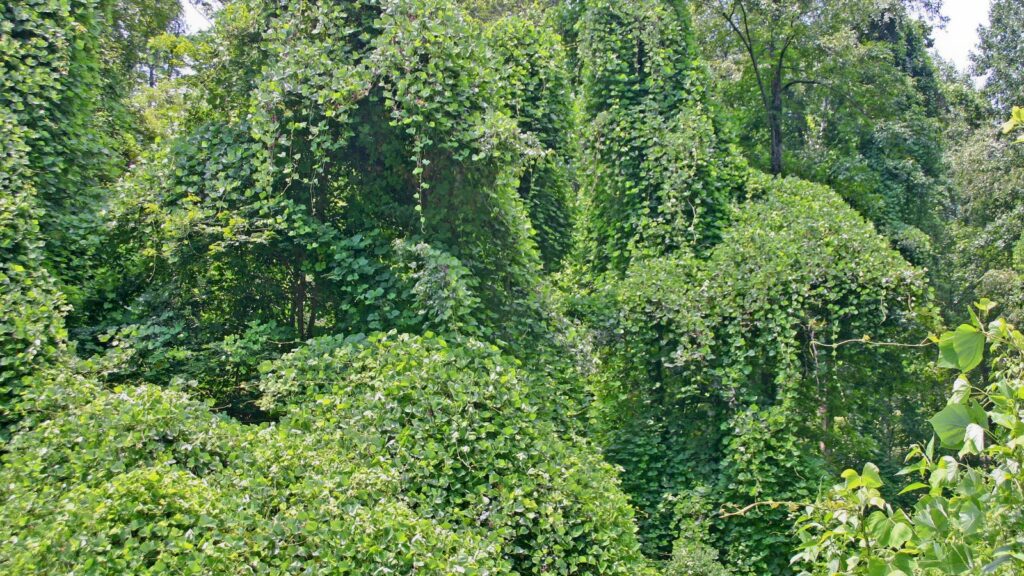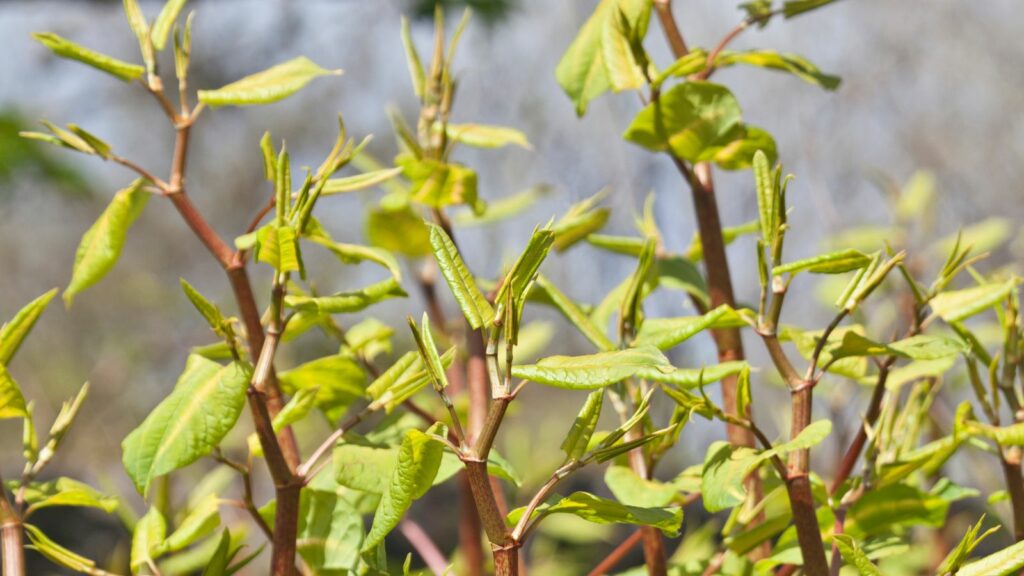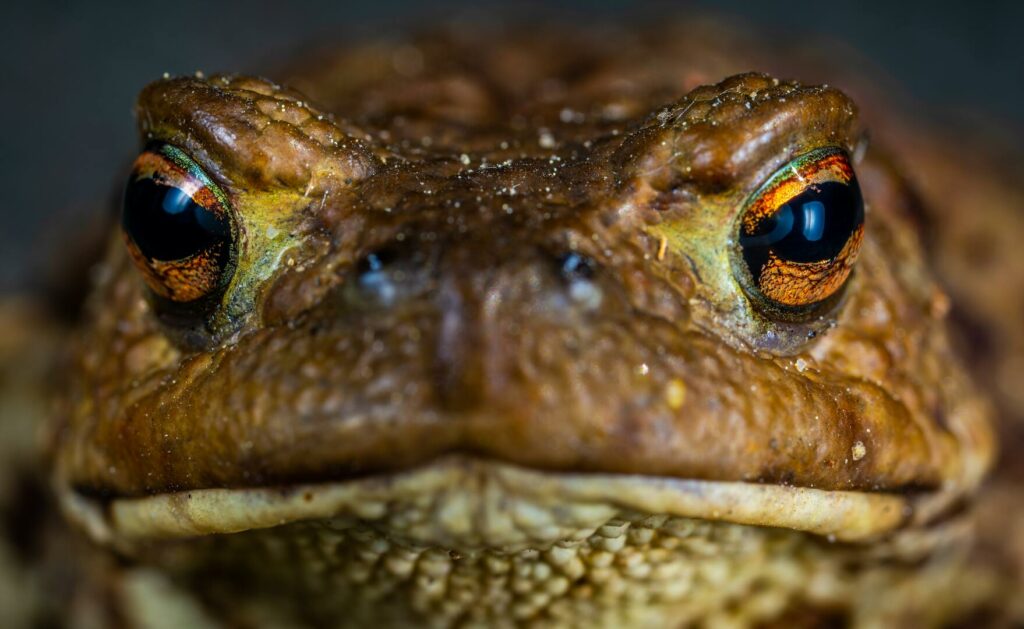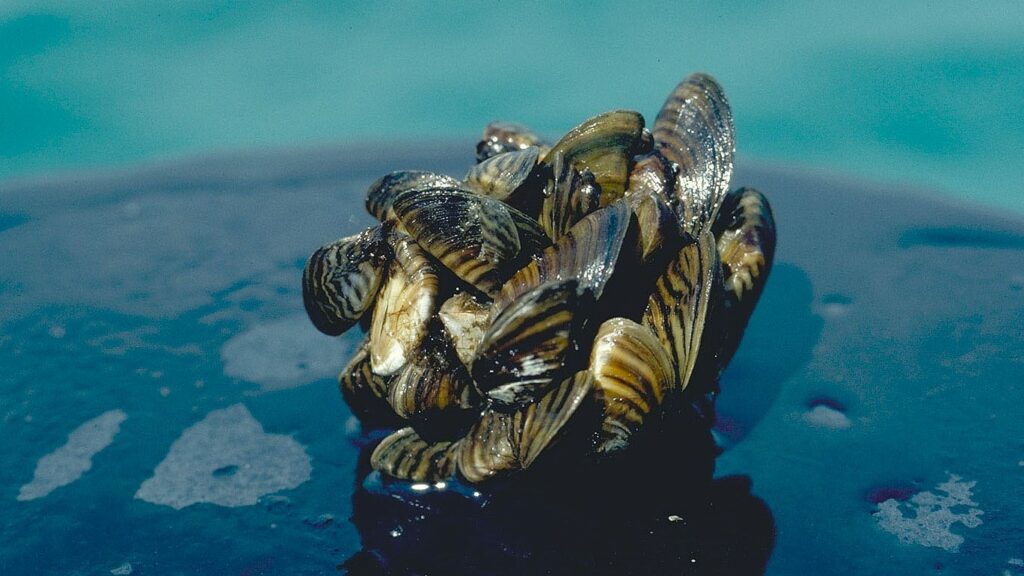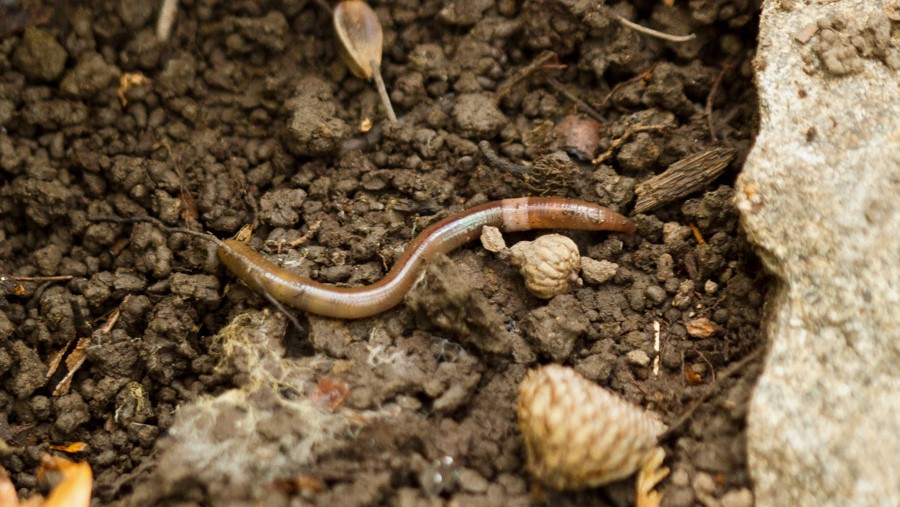Invasives Blog
Author: Alison Sutton
You are here: Invasives Blog
Fast-growing kudzu plant overwhelms native species
March 23, 2023
Alison Sutton
No Comments
Garlic mustard threatens the rare West Virginia white butterfly
March 9, 2023
Alison Sutton
No Comments
The spotted lanternfly wreaks havoc on crops in Asia and the US
February 20, 2023
Alison Sutton
No Comments
Halting the spread of highly invasive and destructive Japanese knotweed
February 10, 2023
Alison Sutton
1 comment
How plant hunters sowed the seeds of garden invaders
January 19, 2023
Alison Sutton
1 comment
Deadly cane toads make their mark on Australian wildlife and habitats
December 28, 2022
Alison Sutton
No Comments
Zebra mussels disrupt ecosystems in Europe and North America
December 19, 2022
Alison Sutton
1 comment
Jumping worms unearth problems for forest ecosystems
December 2, 2022
Alison Sutton
No Comments
Subscribe
Find out more
For more information about CABI's work on invasive species, please visit www.invasive-species.org
Contribute
If you are active in the field of invasive species or development and would like to contribute to the Invasives Blog, please contact Donna Hutchinson. We are happy to post credible articles that we think would be of interest to our readership.
Views expressed in contributions do not necessarily reflect official CABI positions.
Archives
Categories
- Agriculture and International Development
- Veterinary and Animal Sciences
- Climate change and biodiversity
- Environmental Sciences
- Invasive species
- Plant Sciences
- Crop health
- Development communication and extension
- Digital development
- Economic development
- Food and nutrition security
- Gender and youth
- Publishing
- Value chains and trade

